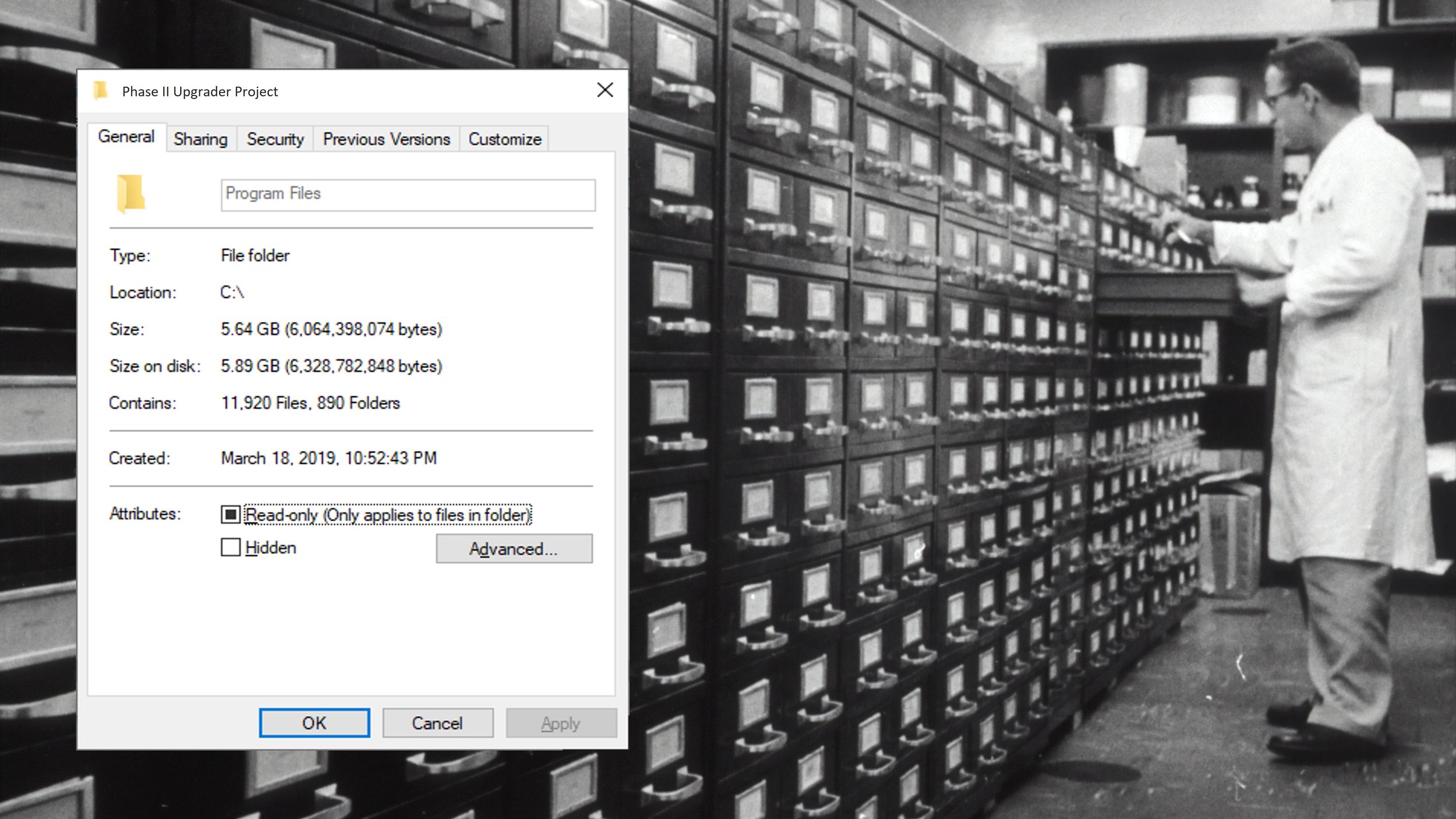File Organization: Upgrade Your Approach
The concept of organizing files in folders (File Organization 1.0) dates back to the invention of the vertical filing cabinet in 1898 by Edwin Seibel. This system revolutionized the way paper documents and records were organized and stored enabling search and retrieval.
Filing Cabinets: The Precursors of File Search & Retrieval
In 1987, as a budding aerospace engineer in Summerside, PEI, Canada, I experienced firsthand the efficiency of this system - just before PCs blew things up. Skilled data clerks in secure rooms filled with filing cabinets were my go-to search engines. They could swiftly locate any document I needed, thanks to well-established file organization protocols.
The Decline of File Organization in the Digital Age
With the advent of networked PCs, this efficient system crumbled. File organization responsibilities shifted to individual employees, creating several challenges:
Lack of Standardized Processes - Many businesses today have immature (or non-existent) file organization processes.
Inconsistent Discipline - Even when processes exist, adherence is often lax.
Absence of Quality Control - Few businesses integrate their file organization processes into their Quality Management Systems (QMS), making them unofficial and unregulated.
No Incentives - Good file organization practices by employees usually go unrewarded.
The Frustrations of File Organization 1.0
The 'Folder Hunt Game' is a daily struggle for everyone, particularly in industries dependent on complex documentation. Questions like "Where is the latest specification?" or "Which folder contains the Change Request?" are not just queries but time-consuming puzzles. Common inadequacies of traditional folder-based systems are:
Overwhelming Number of Folders with Deep Hierarchies - Navigating through a labyrinth of folders is daunting. If a folder can’t be quickly found, a new folder is created which adds to the mess.
Cognitive Differences - People think differently, making a one-size-fits-all intuitive folder structure impractical.
Complex Rules - Files fitting multiple categories necessitate hard-to-remember rules.
Weak Constraints - The menace of duplicate files and identically named folders adds to the chaos.
The Business Impact
These inefficiencies in file organization echo across businesses:
Wasted Time - Prolonged search cycles insidiously diminish productivity.
Hero Dependency - Reliance on a few knowledgeable individuals to find files.
Version Confusion - Identifying the latest file version is arduous and often involves searching through multiple network drives, cloud-based systems and email.
Unnecessary Duplication - Lost files often lead to needless recreation of information that already exists.
Such issues erode profit margins, derail business opportunities, and prolong product delivery. Employee frustration increases attrition, incurs costly rework, and safety risks can be secondary, yet significant, repercussions.
File Organization 2.0 - Search and Retrieval
The traditional folder-based approach is archaic.
The inertia in changing file organization methods stems from a lack of recognition of its detrimental and subtle hour by hour, employee by employee impact on business performance. Once recognized, it’s clear that a paradigm shift is not just necessary; it's imperative.
Businesses intent on improvement need to embrace modern solutions that enhance search capabilities, document control, and overall efficiency.
For an advanced approach to file search and retrieval, consider File Organization 2.0 solutions that transcend the constraints of traditional folders relying instead on file metadata to enable rapid and precise searches.
For example, check out Tina5s’ search features.
File Organization 2.0 - Change Management
Leveraging file metadata to search for and retrieve files marks a pivotal shift from traditional folder-based systems. However, to effectively address change management challenges, another important element of File Organization 2.0 solutions, especially in the realm of engineered products, is the need to flexibly and hierarchically structure product information. When contemplating changes in a design element within a file structure, it’s essential to assess the impact on elements both above and below. If a design element features in multiple hierarchies, a 'Where Used' search can accurately reveal the change implications and associated costs.
Learn more about optimizing file structure with metadata in our blog Optimize File Structure with Metadata.
Tina5s is File Organization 2.0 Ready!
Tina5s is a File Organization 2.0 solution. It enables swift file search and retrieval, underpinned by advanced, configurable file metadata, reducing file search time to less than 15 seconds with absolute version certainty.
Additionally, Tina5s enables more effective change management, offering advanced capabilities to create and maintain engineered product information hierarchies and conduct ‘Where Used’ searches for precise change impact assessments and change cost forecasting.
Curious? Check out our Tina5s explainer video:
If you are still relying on File Organization 1.0 folder-based systems to enable file search and change management, get in touch and let’s explore how you can upgrade to 2.0.

